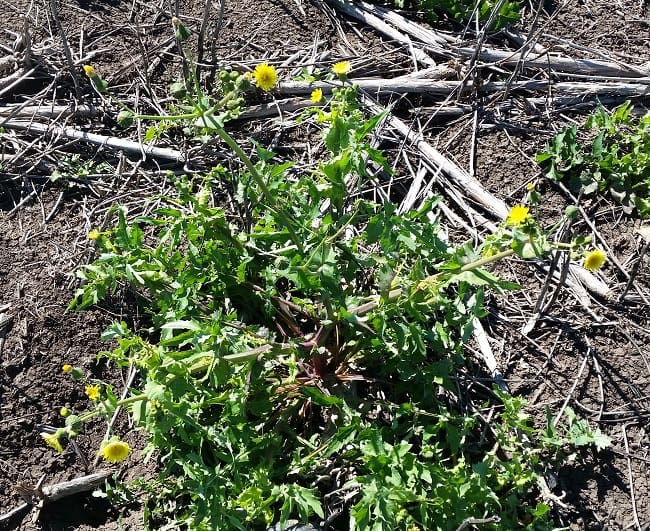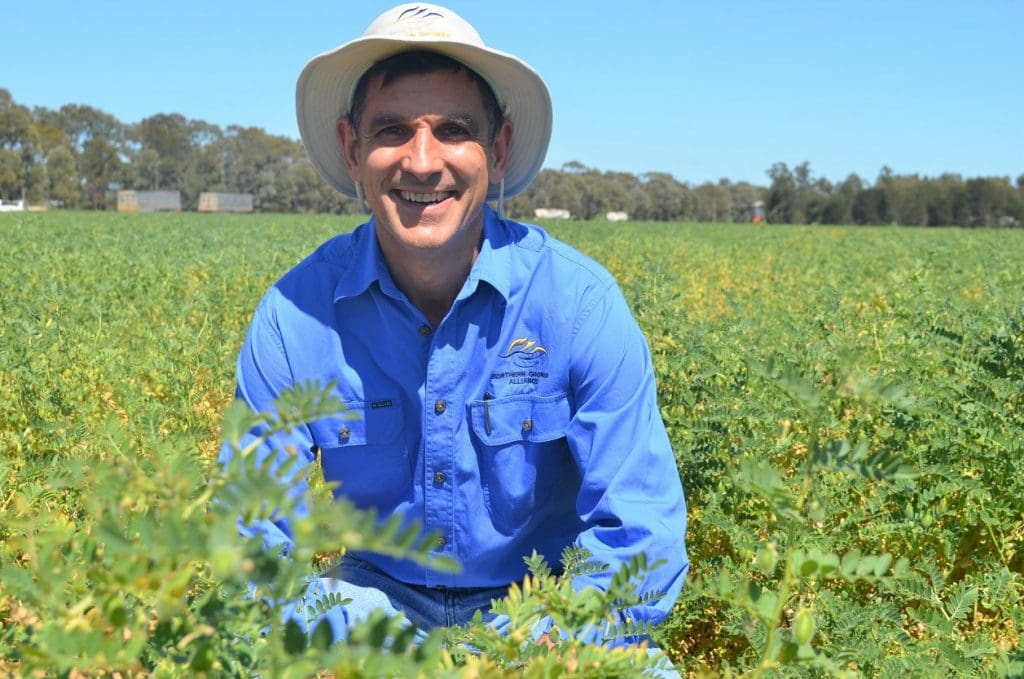
A recent Northern Grower Alliance (NGA) sowthistle survey has provided a snapshot of current common sowthistle (pictured) management practices and constraints across northern NSW and southern Queensland.
THE Northern Grower Alliance (NGA) recently conducted a survey of growers and advisers in southern Queensland and northern New South Wales to provide a snapshot of current common sowthistle management practices and constraints.
The aim of the survey was to better understand the incidence and extent of sowthistle populations, management strategies used by growers and advisers, and identify knowledge gaps to ensure that future research, development and extension activities are well targeted and effective.
NGA chief executive officer Richard Daniel said the results provided an important insight into the way growers and advisers managed sowthistle at paddock level.
“Management of common sowthistle has increased in difficulty over the last 10-15 years across most of the grain growing areas of northern NSW and southern Queensland,” Mr Daniel said.
“There’s a variety of reasons for this including that the weed appears to have adapted to emergence at any time of the year, the seed is easily wind dispersed meaning reinfestation of ‘clean paddocks’ is a constant challenge, and glyphosate tolerance and resistance levels have continued to increase.
“As researchers, it’s critical that we keep ahead of the game so we can assist growers with accurate data on the weed’s incidence and behaviour and offer management recommendations that are both practical and effective.
“Surveys enable us to build on our baseline knowledge, ensure that our sowthistle research projects continue to address growers’ needs, identify any knowledge gaps and assess the effectiveness of extension activities. This type of information is paramount if we are to effectively control sowthistle in the future.”
Reponses in the recent NGA survey came from a variety of enterprise sizes with the total annual area of crop production among grower respondents ranging from 400 to 16,000 hectares.
The area advised on by the agronomist respondents was significant at 3.1 million ha of country cropped annually.
Mr Daniel said the survey confirmed that research and extension activities were having a positive impact with 77 per cent of respondents saying NGA research activity had improved their knowledge of common sowthistle control, particularly with regards to double knock strategies, residual herbicides in fallow, alternatives to paraquat as a second knock option, alternatives to glyphosate and residual herbicides in crop.
“More than 70 per cent of respondents said that NGA research activity had changed their common sowthistle management practices,” he said.
“In line with improved knowledge, practice change most commonly occurred in double knock strategies, residual herbicides in fallow and the use of alternatives to paraquat as a second knock.
“According to respondents, the major benefits from this practice change have been an improvement in the effectiveness and consistency of control, reduced weed populations, greater rotation and efficacy of herbicides.”
The survey respondents placed a high importance on the use of residual herbicide, product choices for optical spot sprays and fallow knock down, and in-crop herbicide options.
However other non-herbicide control tactics are increasingly being used to support herbicides with practices such as competitive crop cropping strategies through increased plant densities, more vigorous crop types/varieties and narrower row spacing being used by 33-40pc of respondents.
Future research and extension of optical spot spray set up and usage, alternate double knock and in-crop knock down strategies, crop competition and harvest weed seed management were identified as opportunities to help growers effectively manage sowthistle.
The survey delivered some good news on the glyphosate resistance front with 66pc of respondents reporting that common sowthistle populations in more than half their paddocks were still susceptible to glyphosate.
Of the respondents who reported suspected glyphosate resistance, the vast majority said it existed in less than 10pc of their paddocks.
Confirmed cases of glyphosate resistance were limited and where they occurred, it was in less than 10pc of paddocks.
Source: NGA


HAVE YOUR SAY